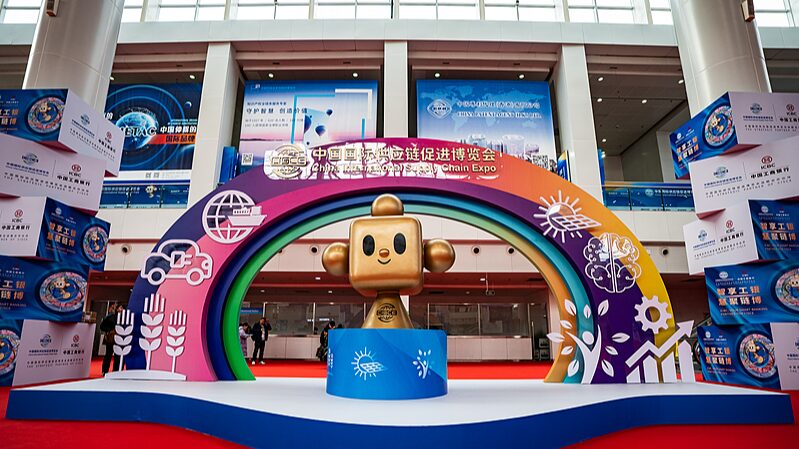Fifty years after shaking hands diplomatically, China and the EU face a geopolitical chessboard that’s been flipped upside down. From a modest $2.4 billion trade volume in 1975 to nearly $800 billion today, their economic dance has been nothing short of a rollercoaster ride 🎢. But as the world shifts toward multipolarity, can this partnership evolve?
From Cold War Shadows to Economic Giants
China’s meteoric rise transformed it into a global economic heavyweight, while the EU expanded into a 27-nation bloc. Mutual investments ballooned from near-zero to $260 billion, creating supply chain interdependencies thicker than a Berlin pretzel 🥨. Yet recent years saw tensions simmer, with some EU officials labeling China a 'systemic rival.'
Global Shake-Up: Who’s Got the Remote? 🎮
The Ukraine conflict and U.S. tariff wars under Trump have scrambled the playbook. With the Global South rising and American hegemony waning, Europe’s stuck between its transatlantic BFF and the world’s second-largest economy. 'The EU needs to stop watching from the sidelines,' argues Jan Turowski of Rosa Luxemburg Stiftung, 'and draft a new script for cooperation.'
Win-Win or Lose-Lose?
Despite trade spats and 'de-risking' debates, experts insist collaboration on climate action, tech innovation, and global security could be the ultimate power move. As Turowski notes: 'This isn’t just about tariffs – it’s about rewriting the rules for a post-Western world order.'
Reference(s):
cgtn.com






